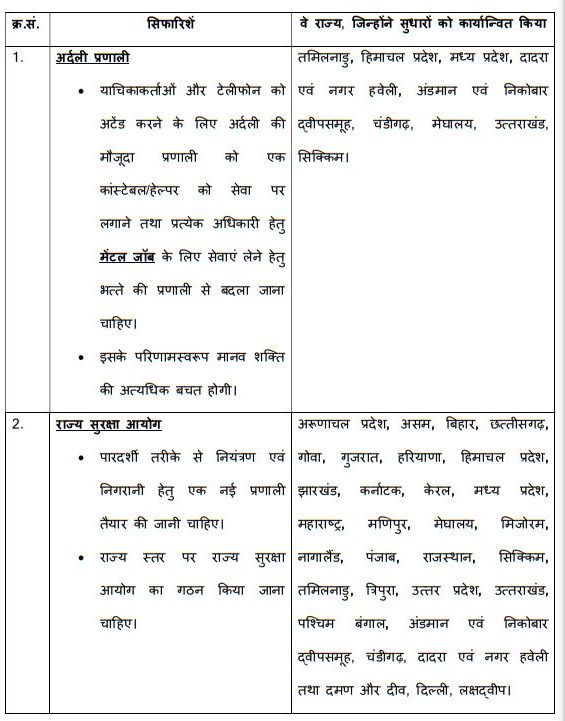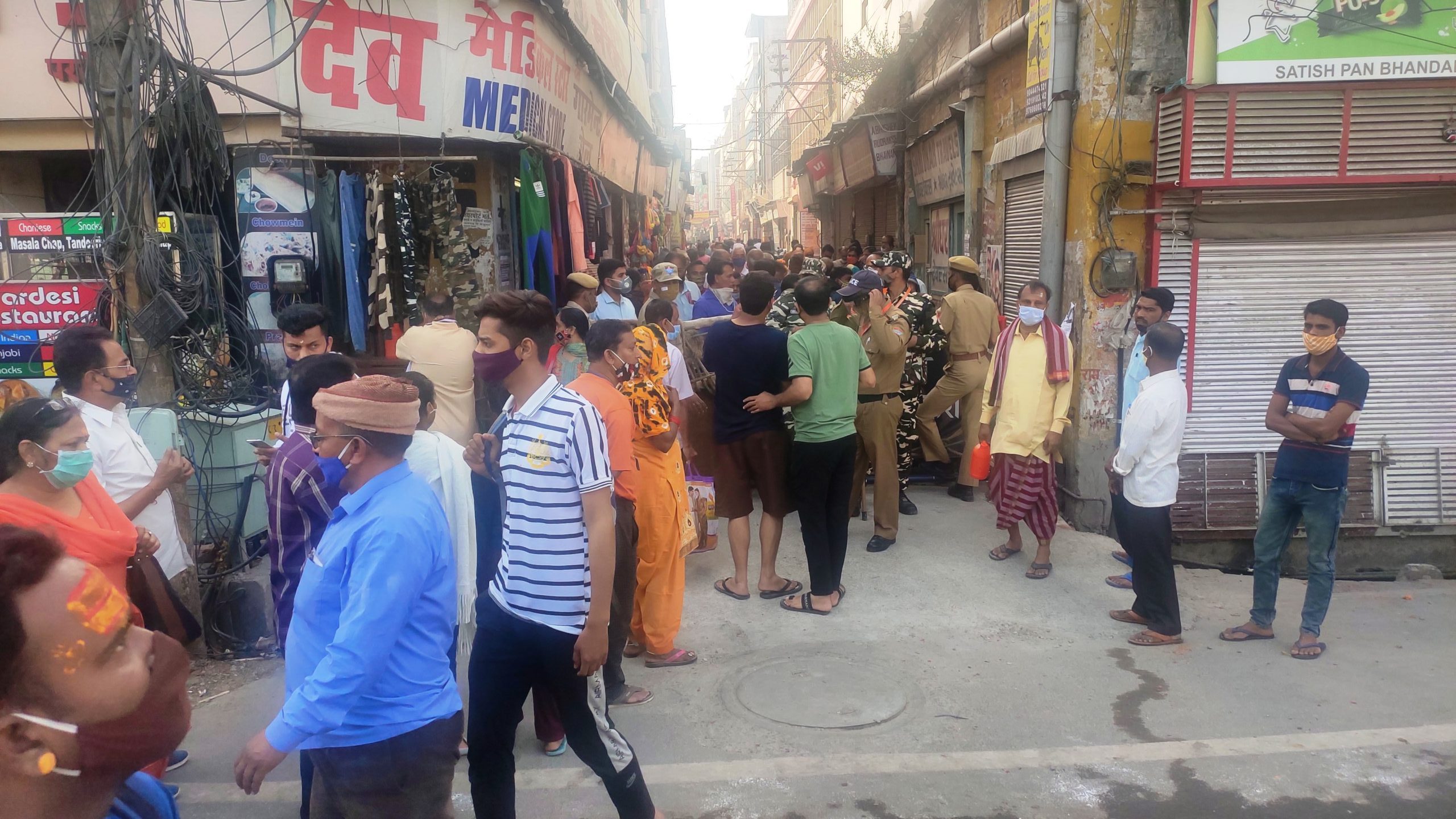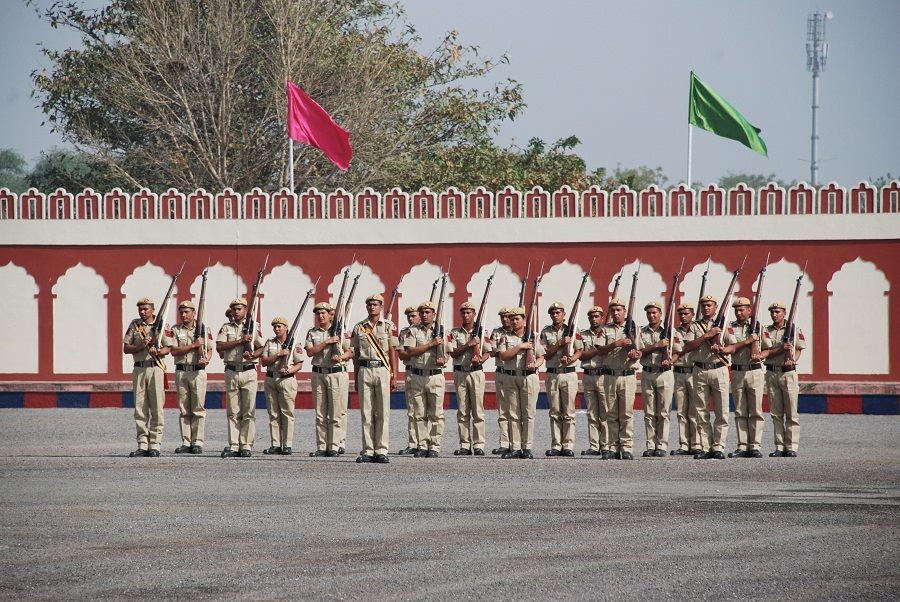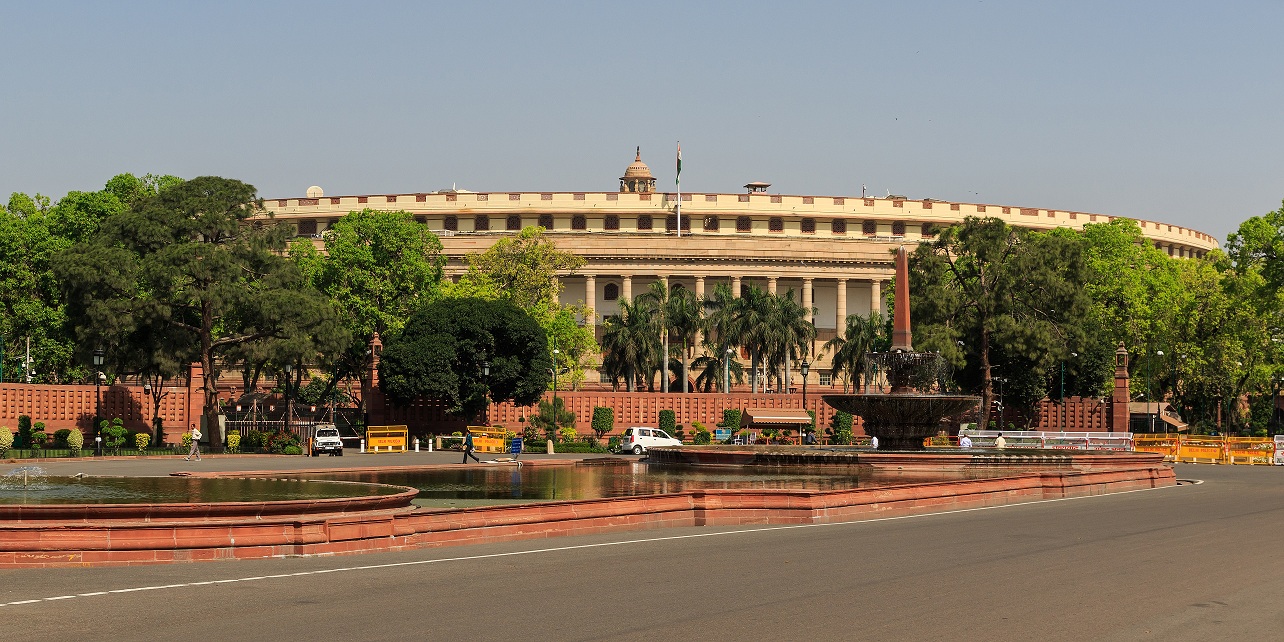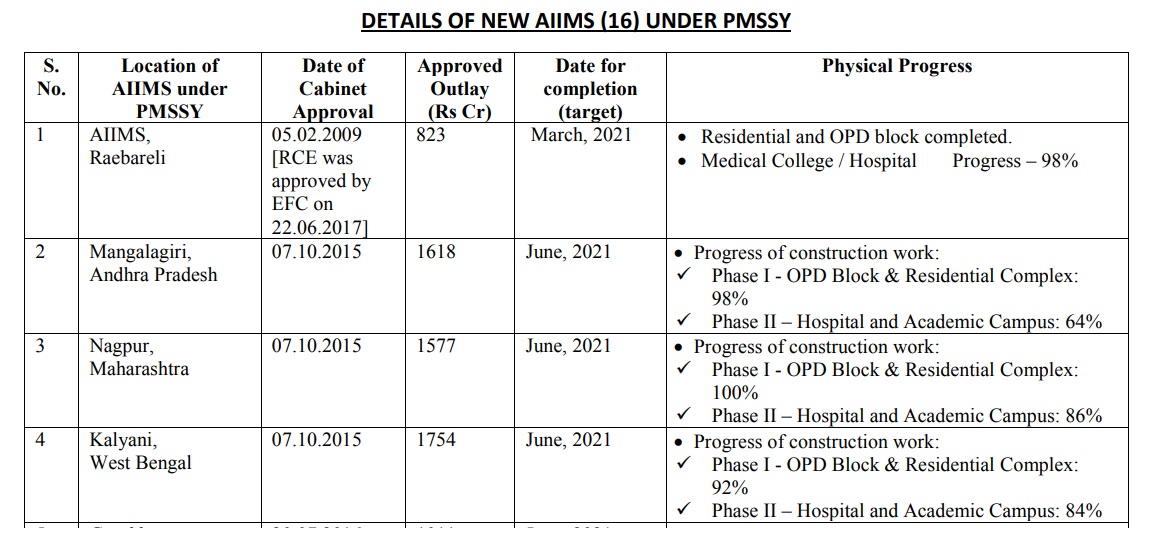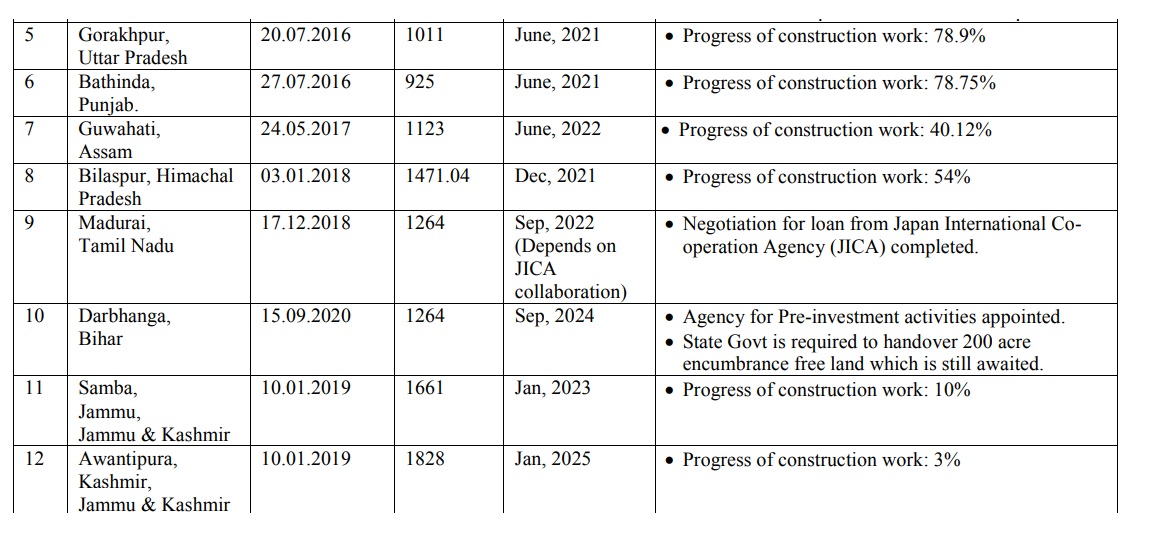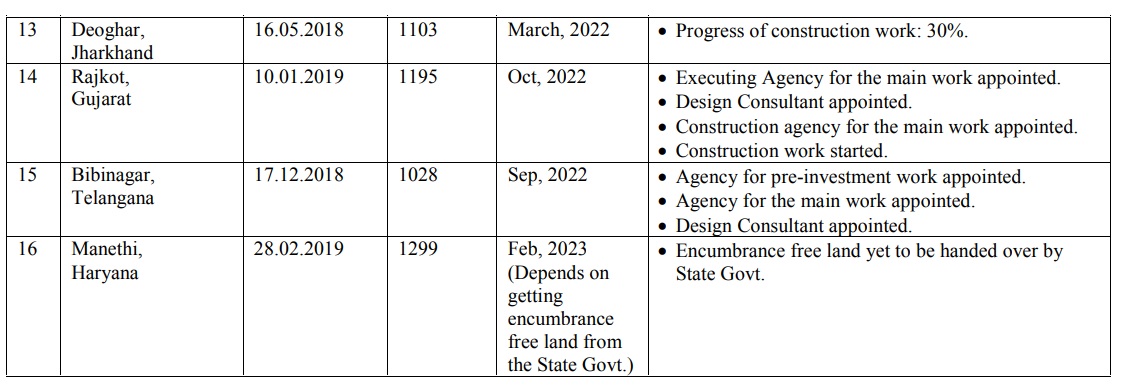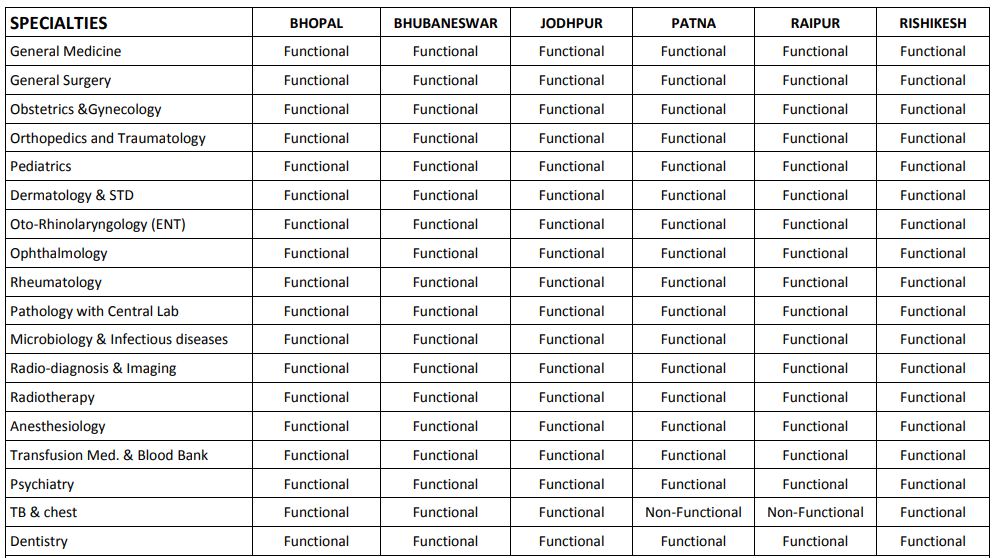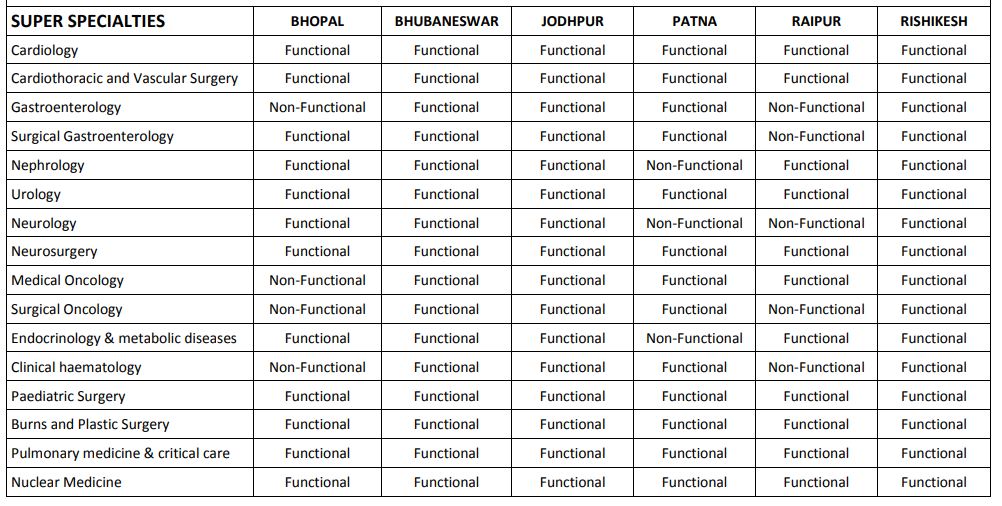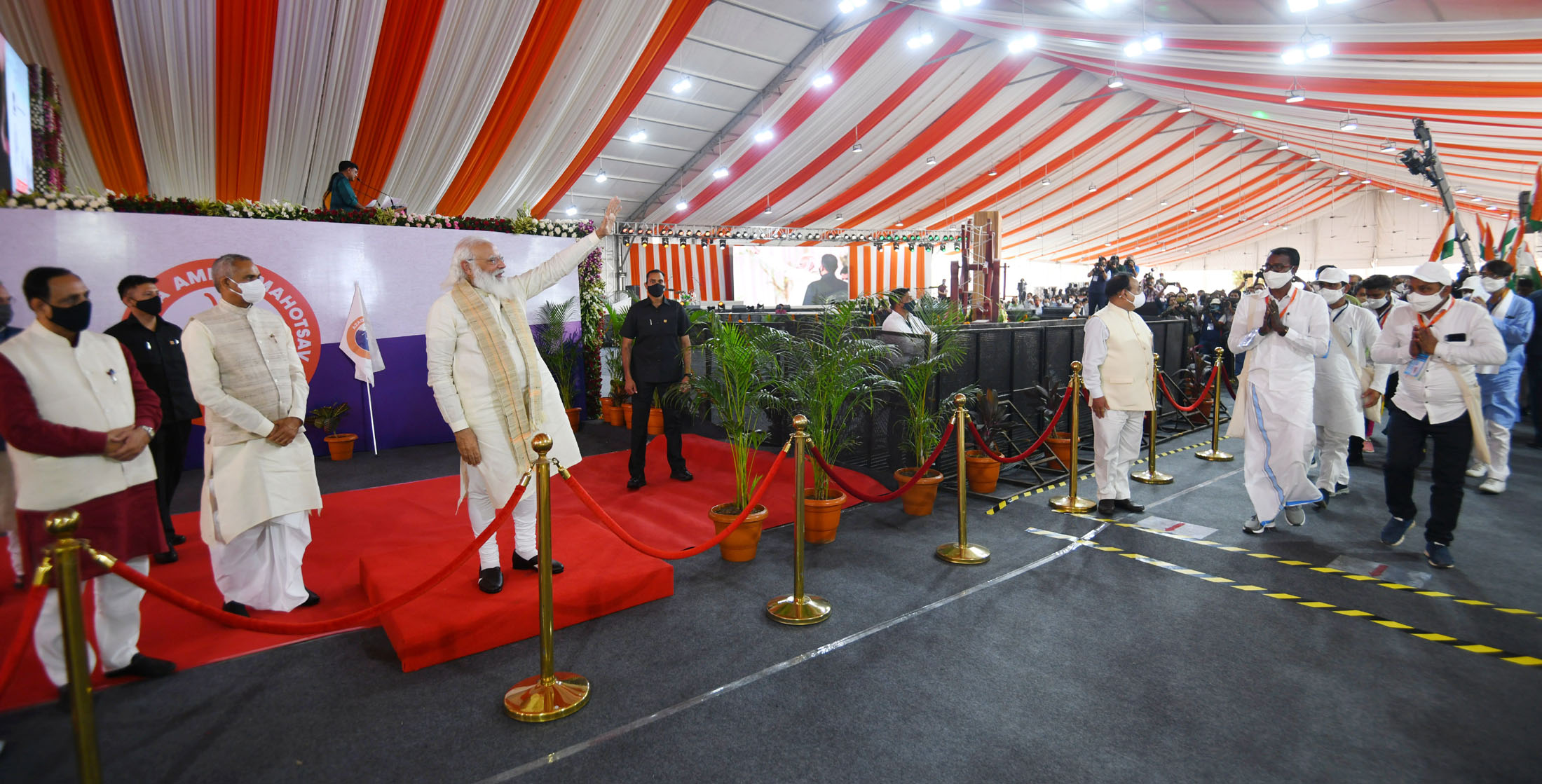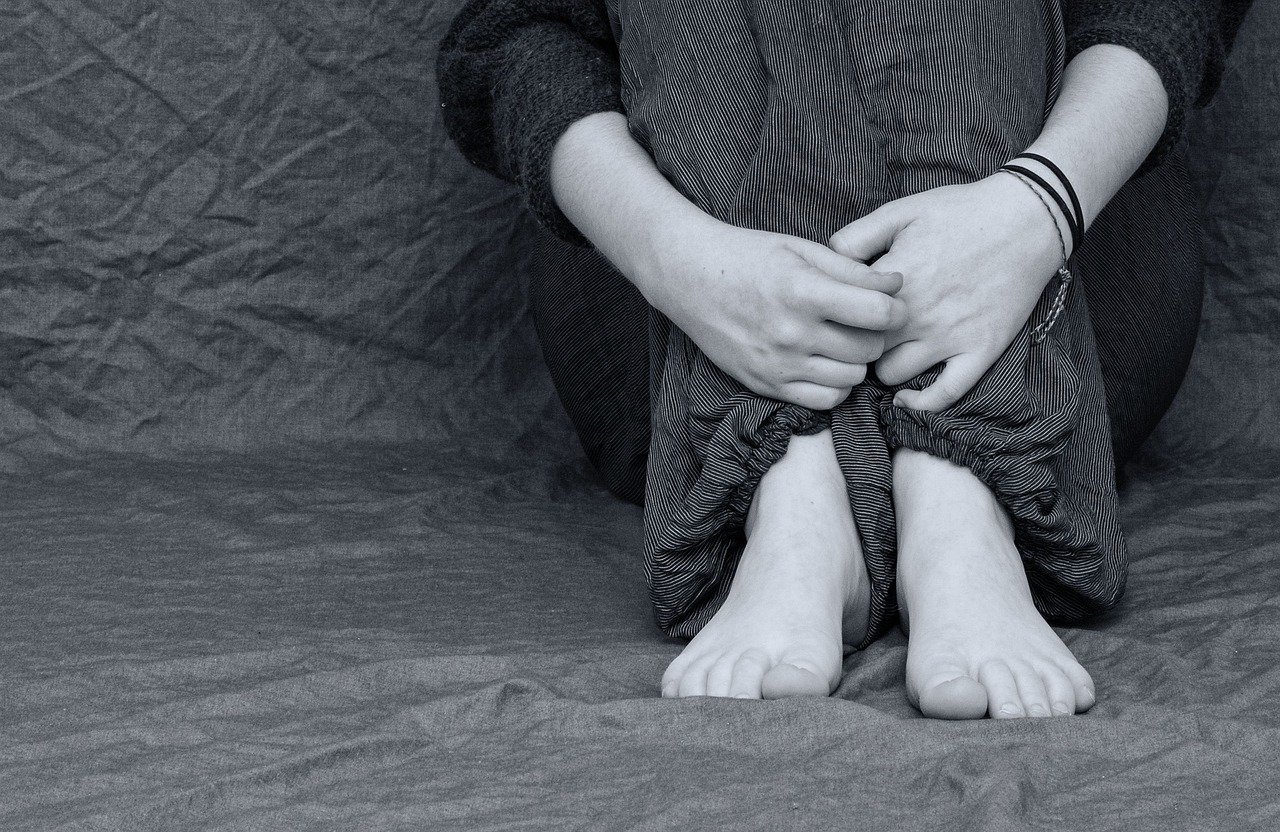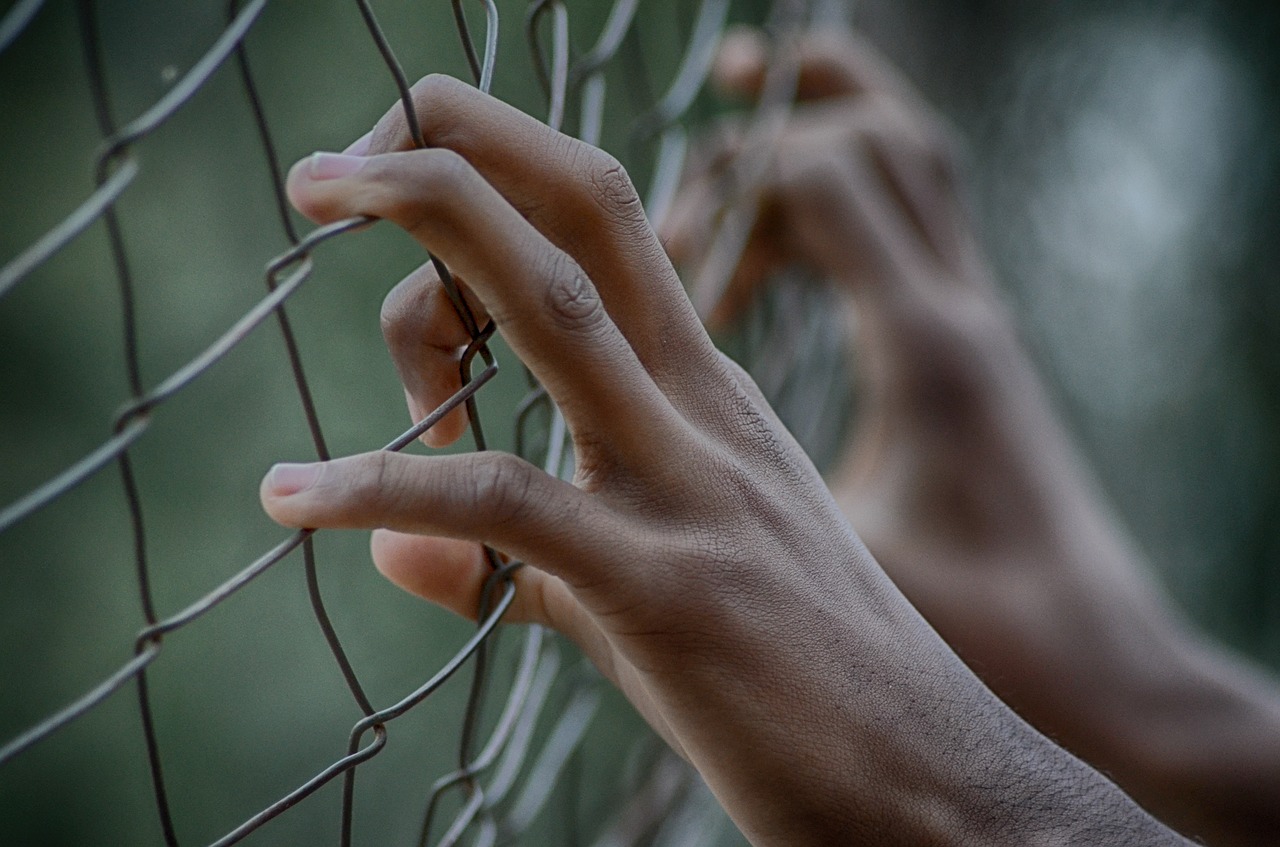बीते साल लॉकडाउन लगने के बाद से आपने सोशल मीडिया पर ऐसे बहुत से वीडियो देखे होंगे, जिसमें पुलिस असहाय को बड़ी बेरहमी से पीट रही है. इस सिलसिल की हालिया तस्वीर मध्य प्रदेश के इंदौर से आई है, जहां मास्क न पहनने की वजह से पुलिसकर्मियों ने एक व्यक्ति सड़क पर गिराकर पीटा.
आखिर भारत में पुलिस अपनी जनता के साथ ऐसा व्यवहार क्यों करती है? क्यों वह अपराध रोकने और कानून-व्यवस्था को बनाने की जगह खुद अपराधी बन जाती है. इसलिए भारत में पुलिस सुधार एक बड़ा मुद्दा है. इस पुलिस सुधार की आवश्यकता जितनी गुणात्मक (Qualitative) है, उतनी ही संख्यात्मक (Quantitative) है.
राज्य सभा में सांसद राकेश सिन्हा ने पुलिस सुधारों का सवाल उठाया. उन्होंने पूछा कि चार सिपाही प्रति अधिकारी संबंधी पद्मनाभैया समिति की सिफारिशों को लागू करने वाले राज्यों का ब्यौरा क्या है, राज्य सुरक्षा आयोग की स्थापना करने हेतु रिबेरो समिति की सिफारिशों को कितने राज्यों ने लागू किया है?
सांसद राकेश सिन्हा ने यह भी पूछा कि कितने राज्यों ने इसे लागू नहीं किया है और इसका अनुपालन ने करने के कारण क्या हैं, प्रति एक लाख लोगों पर पुलिस कर्मचारियों की संख्या क्या है और क्या यह राष्ट्रीय पुलिस आयोग द्वारा निर्धारित मानदंडों पर खरा उतरता है?
केंद्रीय गृह राज्यमंत्री जी किशन रेड्डी सांसद राकेश सिन्हा के सवालों का जवाब दिया उन्होंने बताया कि पुलिस की कार्यप्रणाली में सुधार करने के लिए केंद्र सरकार ने राष्ट्रीय पुलिस आयोग (1977), रिबेरो समिति (1998) पद्मनाभैया समिति (2000) और अपराध न्याय पर मलिमथ समिति (2002) गठित की है.
उन्होंने बताया कि केंद्र सरकार ने पुलिस सुधारों पर गठित पिछले आयोगों और समितियों की सिफारिशों की समीक्षा करने के लिए श्री आर एस मूसाहारी की अध्यक्षता में दिसंबर 2004 में एक समीक्षा समिति भी बनाई थी. इस समिति ने मार्च 2005 में अपनी रिपोर्ट सौंपी.
इस समिति ने अर्दली व्यवस्था को बदलने और राज्य सुरक्षा आयोग की स्थापना समेत कुल 49 सिफारिशें की थी. समीक्षा समिति की सिफारिशों को लागू करने के लिए राज्य सरकारों और केंद्र शासित प्रदेशों को भेजा गया है. उन्होंने अर्दली सिस्टम को हटाने और राज्य सुरक्षा आयोग को लागू करने वाले राज्यों का ब्यौरा भी दिया. (देखें टेबल 1)
केंद्रीय गृह राज्यमंत्री जी किशन रेड्डी ने बताया कि पुलिस सुधार एक लगातार चलने वाली प्रक्रिया है और पुलिस भारतीय संविधान की सातवीं अनुसूची के तहत राज्य सूची का विषय है. उन्होंने कहा कि पुलिस सुधारों को लागू करना राज्यों और केंद्र शासित प्रदेश का काम है, जिसके लिए केंद्र सरकार सिर्फ परामर्श जारी करती है.
केंद्रीय गृह राज्यमंत्री जी किशन रेड्डी ने कहा कि पुलिस अनुसंधान और विकास ब्यूरो की ओर से एकत्रित आंकड़ों के मुताबिक प्रति एक लाख व्यक्तियों पर पुलिसकर्मियों की संख्या 01 जनवरी, 2020 को स्वीकृत संख्या के आधार पर 195.39 है, जबकि वास्तविक संख्या के आधार पर 155.78 है. उन्होंने बताया कि पुलिस वालों की संगठनात्मक संरचना, कार्यप्रणाली और उसे सौंपे जाने वाले कार्यों के आधार पर भिन्न-भिन्न होती है. गृह राज्यमंत्री ने बताया कि कई देशों में केंद्रीय पुलिस बल नहीं है.
सवाल है कि जब एक हजार लोगों पर सिर्फ डेढ़ पुलिस ही है तो देश में कानून-व्यवस्था कैसे सुधरेगी और काम के दबाव से जूझ रही पुलिस को कैसे संवेदनशील बनाना संभव हो पाएगा.
POLICE REFORMS
MP Rakesh Sinha, Will The Minister Of Home Affairs Be Pleased To State:
(a) the details of States who have implemented Padmanabhaiyah Committee’s recommendation of four constabulary personnel per officer; and (b) the number of States which have implemented Ribeiro Committee’s recommendation to establish State Security Commission;
(c) the number of States which have not implemented and what are the reasons for noncompliance; and (d) what is the proportion of police personnel per 1,00,000 people and whether it qualifies the norms set up by the National Police Commission?
ANSWER
Minister Of State In The Ministry Of Home Affairs G. Kishan Reddy said, (a) & (c) In order to improve the functioning of the police, the Union Government has set up various Commissions/Committees i.e. National Police Commission (1977), Ribeiro Committee (1998), Padmanabhaiah Committee (2000), Malimath Committee on Criminal Justice (2002).
Further, the Government constituted a Review Committee headed by R.S. Mooshahary to review the recommendations of the previous Commissions and Committees on Police Reforms in December 2004.
The Committee submitted its report in March 2005. The Committee shortlisted 49 recommendations including two recommendations i.e. orderly system and establishment of State Security Commission.
The recommendations of the Review Committee have been sent to State Governments and Union Territory Administrations for taking appropriate action.
Police reforms are an ongoing process. “Police” is a State subject falling in List-II (State List) of the Seventh Schedule of the Constitution of India.
It is primarily the responsibility of the State Governments/UT Administrations to implement police reforms. The Centre also issues advisories to the States to bring in the requisite reforms in the Police administration to meet the expectations of the people.
(d) As per data on Police Organisations compiled by Bureau of Police Research & Development (BPR&D), the ratio of police personnel per 1,00,000 people is 195.39 as per sanctioned strength as on 01.01.2020 and 155.78 as per actual strength.
The organisational structure of the Police Forces varies from country to country as do the functions & tasks assigned to them.
Many countries do not have Central Armed Police Forces. In addition, the number of policemen required is dependent on several variables like volume of crime, societal structures, use of technology and local problems.
There are no universal standards or United Nations recommendations to assess the optimal level of police force in a country.


